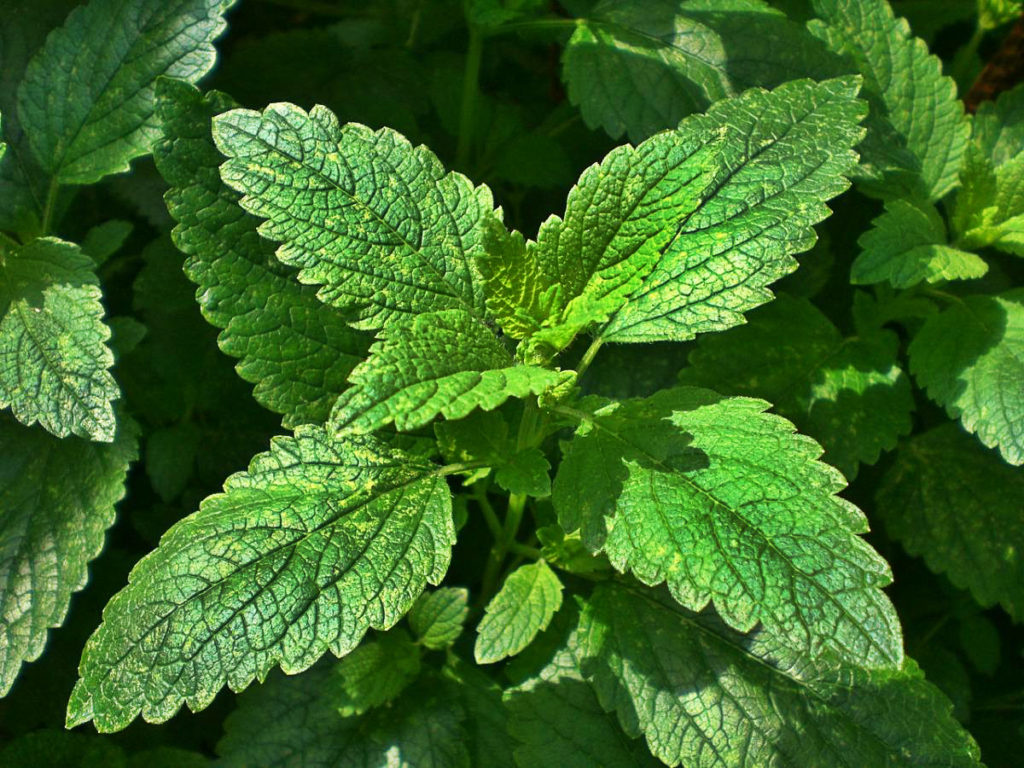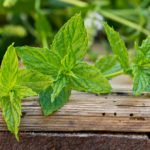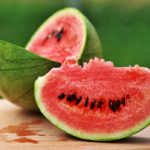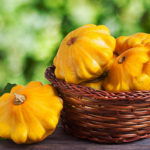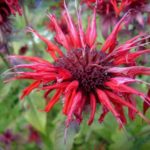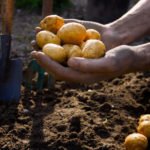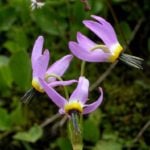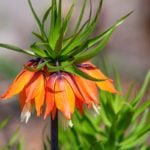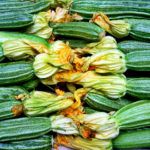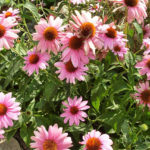Melissa officinalis is a godsend for gourmets who dream of combining the aroma of citrus with a pleasant aroma of mint and some honey notes, weakly playing through two such strong flavors.
Therefore, melissa is suitable for many dishes where you want to feel the citrus aroma, but without the acid inherent in many citrus. She can highlight and cook many delicate dishes, such as tasteless spinach soup, which will acquire a spicy, bright taste of melissa.
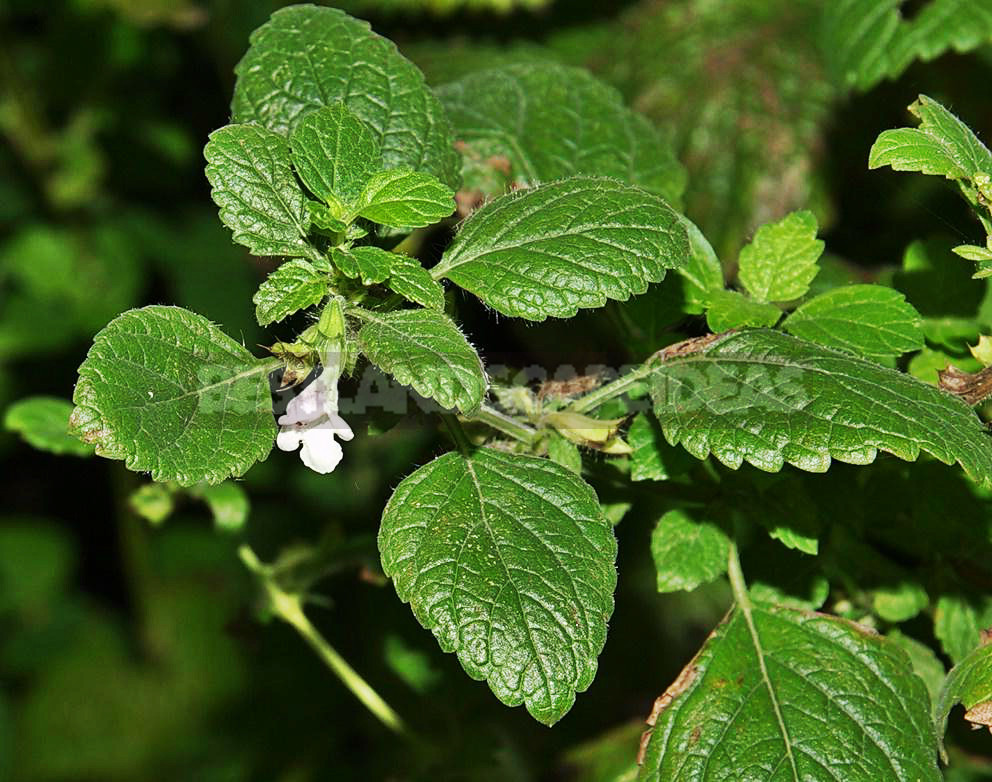
This plant belongs to the family lamiaceae.
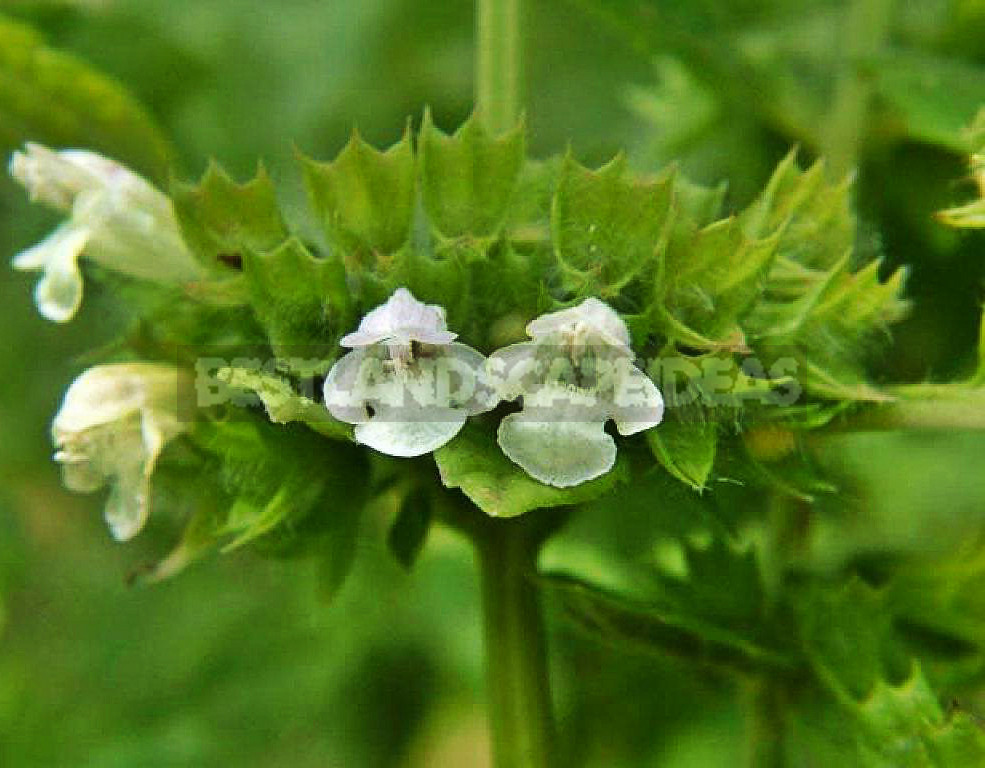
Melissa grows in the form of branched bushes with a height of 45 to 125 cm (1.5-4.1 ft). The flowers can be white, pink and yellow. Essential oils are mainly found in the tops of shoots and leaves. This plant is a good honey plant. It belongs to perennial plants, so it will delight with its harvest for more than one year.
Planting melissa
For melissa, you should choose a sunny or slightly shaded place with fertile, well-drained loose soil (sandy loam, for example). The soil can be neutral or slightly acidic.
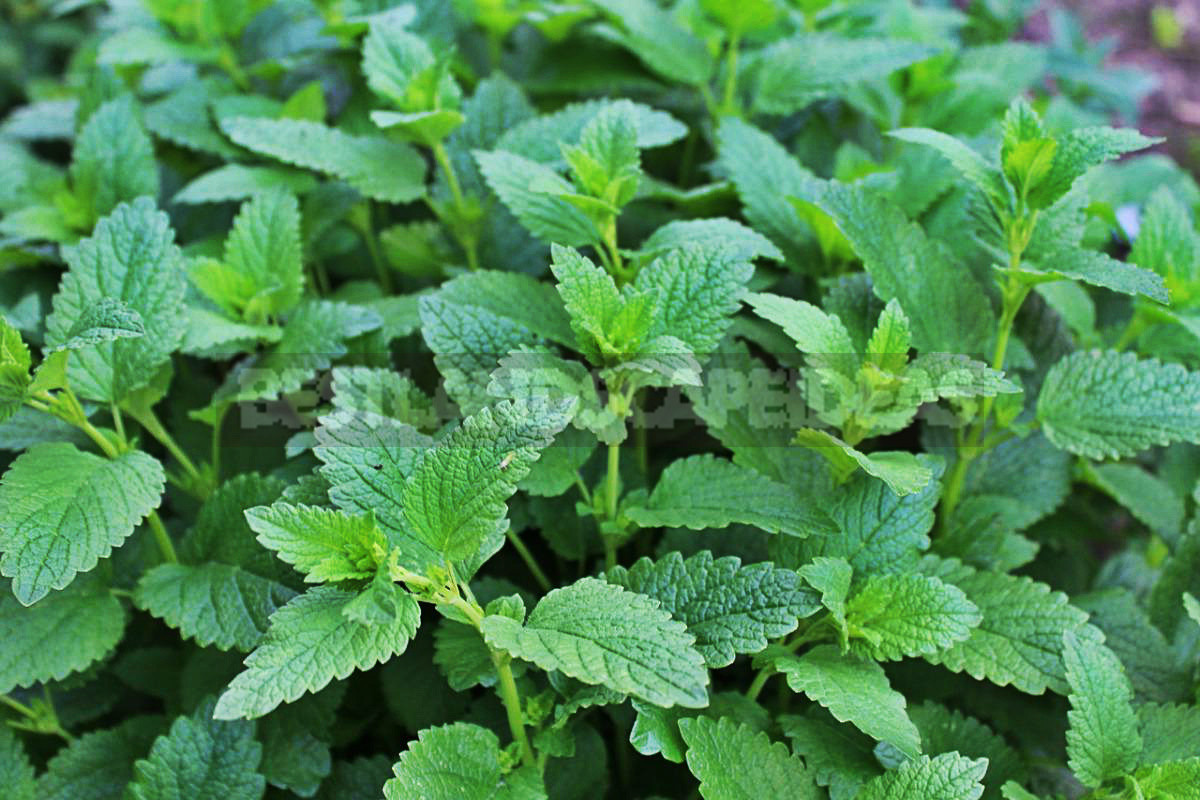
I usually prepare the ground for perennial herbs in autumn. Well-dug, weed-free soil, into which organic and mineral fertilizers are applied. I have no problems with outflow of water on the site, but if you have acidification of the soil, think about drainage. It can be small rubble or broken bricks. The main thing is that there is no rotting of the roots. I have a slightly acidic soil in the place where the herbs grow, as evidenced by the presence of a mother-and-stepmother. I add wood ash to the soil. My soil is quite loose and light. But if you have clay or lowland on the soil, then dilute the soil with river sand and make high beds when planting melissa.
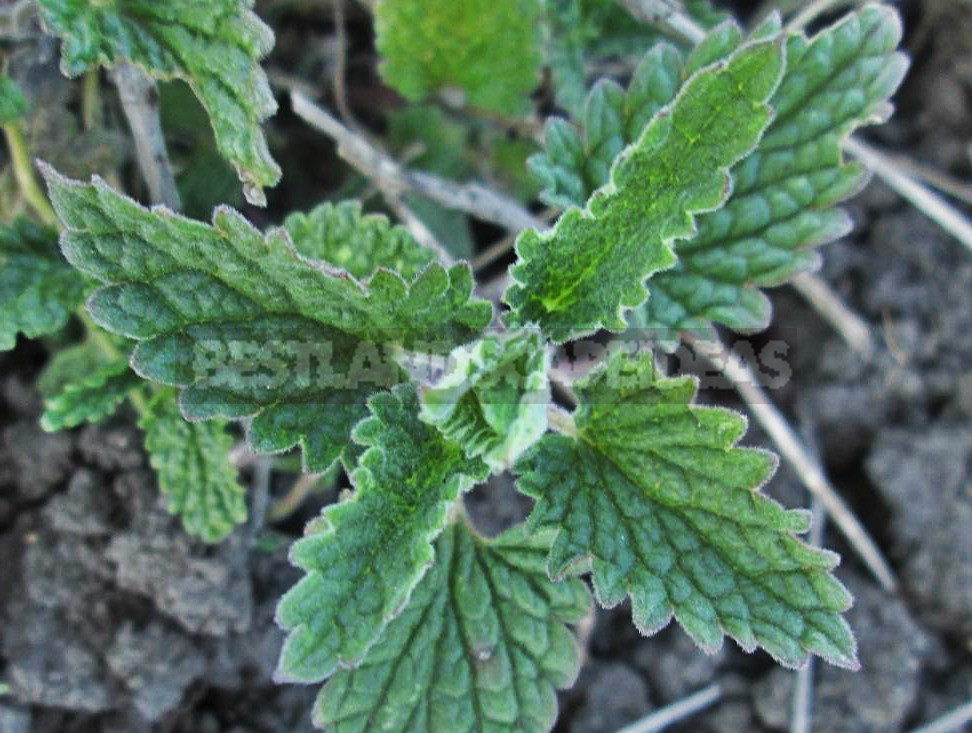
In the spring, when the soil warms up, you need to loosen the prepared area, as well as remove weeds. I marked out small ridges, about 45 cm (1.5 ft) between the rows, planted 2 rows. I took about 40 cm (1.3 ft) between the plants, I was not mistaken, since the bushes have grown a lot. If I planted this plant again today, I would increase the distance between the rows and between the plants by about 60 cm (2 ft) for a more aesthetic appearance.
Melissa reproduces by dividing the bush and seeds. I immediately uproot them by the root and so they give a good bloom. Bushes are divided when they begin to grow shoots, it’s somewhere in early May, or you can divide the plant at the end of August. Seeds germinate weaker. They are small and light-demanding for germination. Bury them in the soil no deeper than 1 cm (0.4 in).
Melissa can be sown directly into the ground at the end of May, or you can plant seedlings somewhere in late March-early April in May, ready-made seedlings with 4 normal leaves are planted in the ground (the age of seedlings is about 40 days). Many people dig out part of the melissa bush for the winter and grow it at home on the windowsill. You can also grow a houseplant from seeds, but melissa loves freedom, so it grows poorly in a pot.
Melissa care
Melissa does not require any specific care.
- I watered it several times: the first time when I planted it, and several more times when there was a severe drought.
- Melissa welcomes loosening the soil and getting rid of weeds, and mulching also saves from the latter. There is still a break, but not in such quantity. Mulch also prevents rapid evaporation of moisture.
- In non-chernozem areas, so that the plant does not freeze in winter, it needs to be covered.
Collection and harvesting of melissa
It is worth collecting melissa foliage before flowering, although many gourmets collect it during the flowering period. It is best to start harvesting in June, when the young leaves have a delicate aroma and taste.
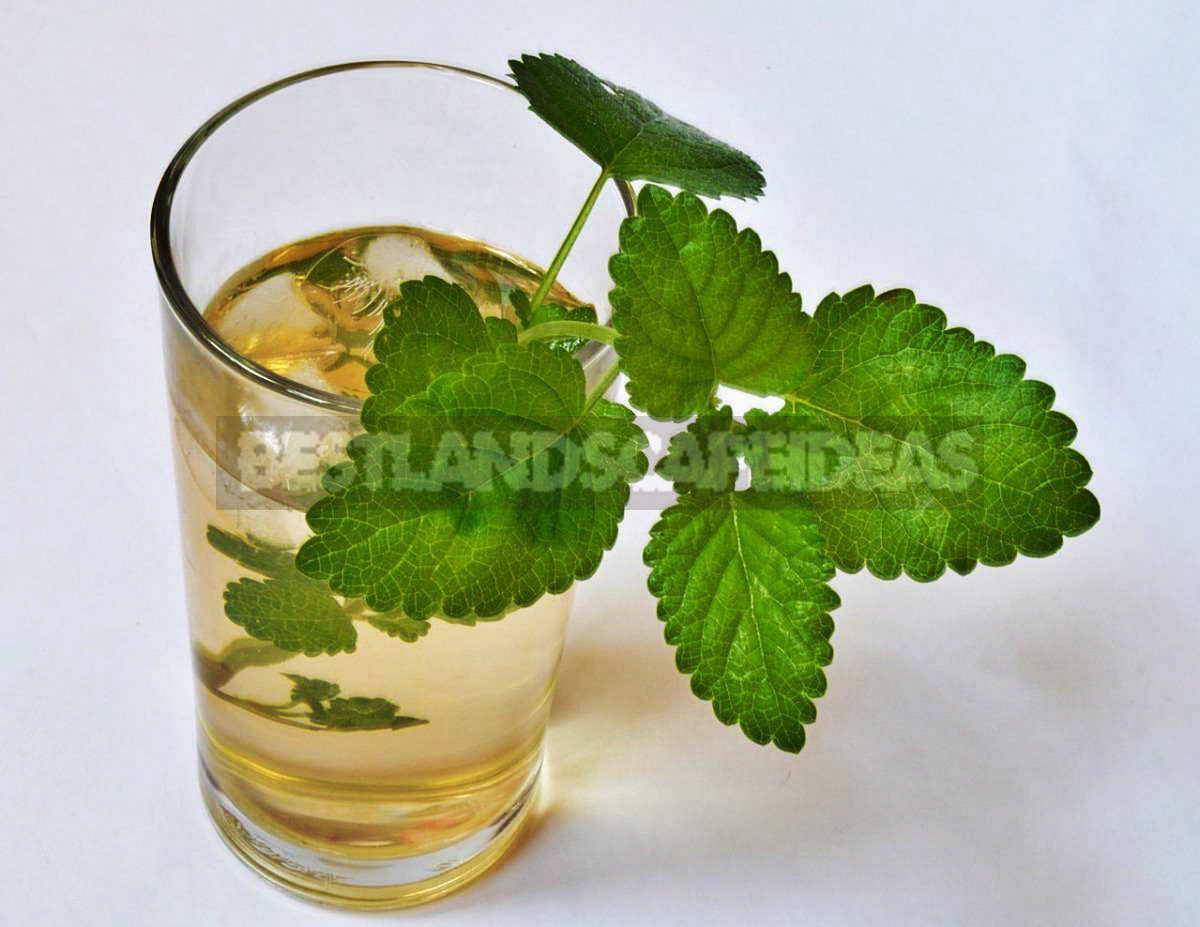
When melissa begins to bloom, her aroma and taste will strengthen and become more strict. Melissa leaves contain essential oils, so they should be dried in the shade, but not above +35 °C (95°F). After drying, carefully fold the raw materials into an airtight container. Melissa does not go into freezing, because it loses its useful properties.
